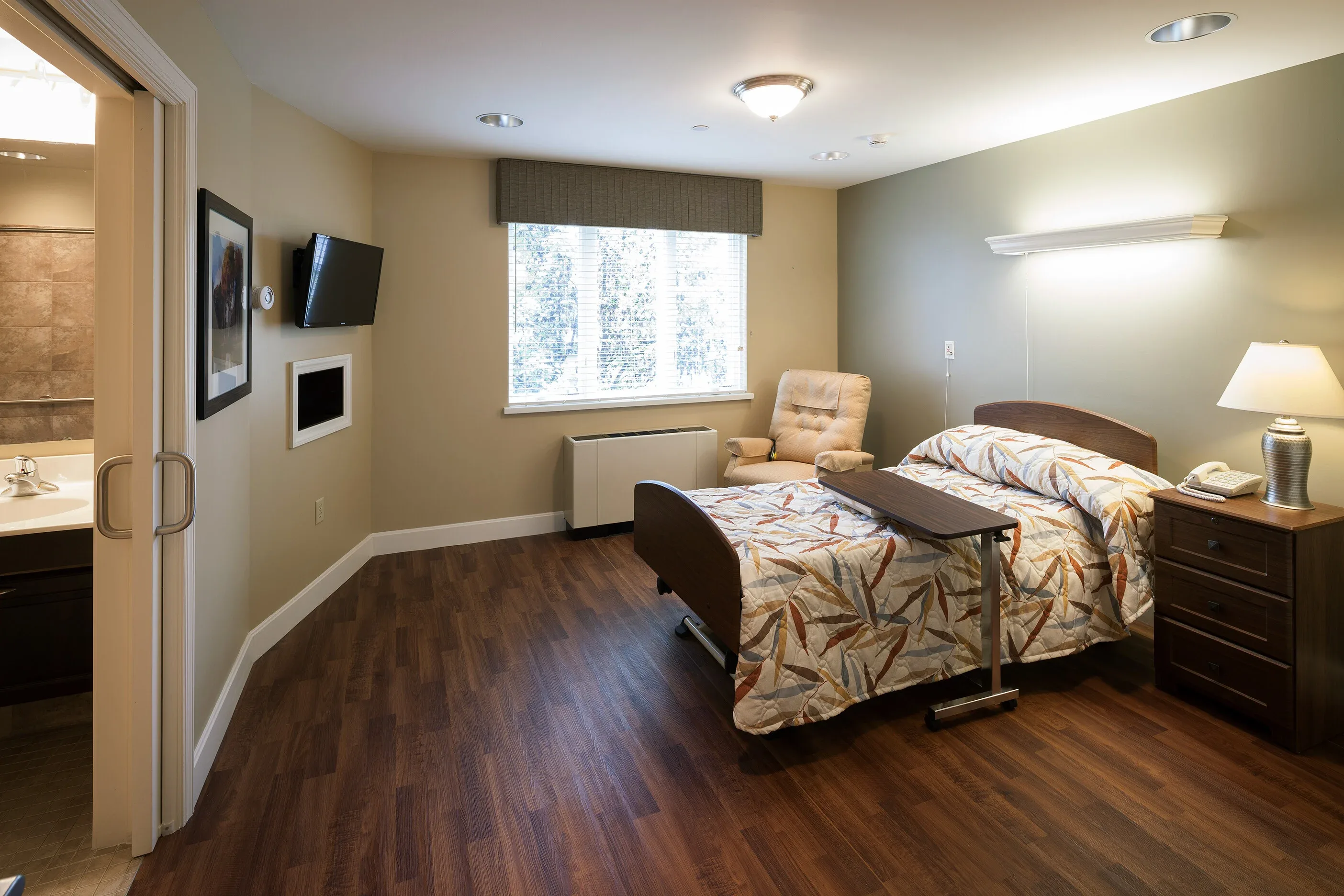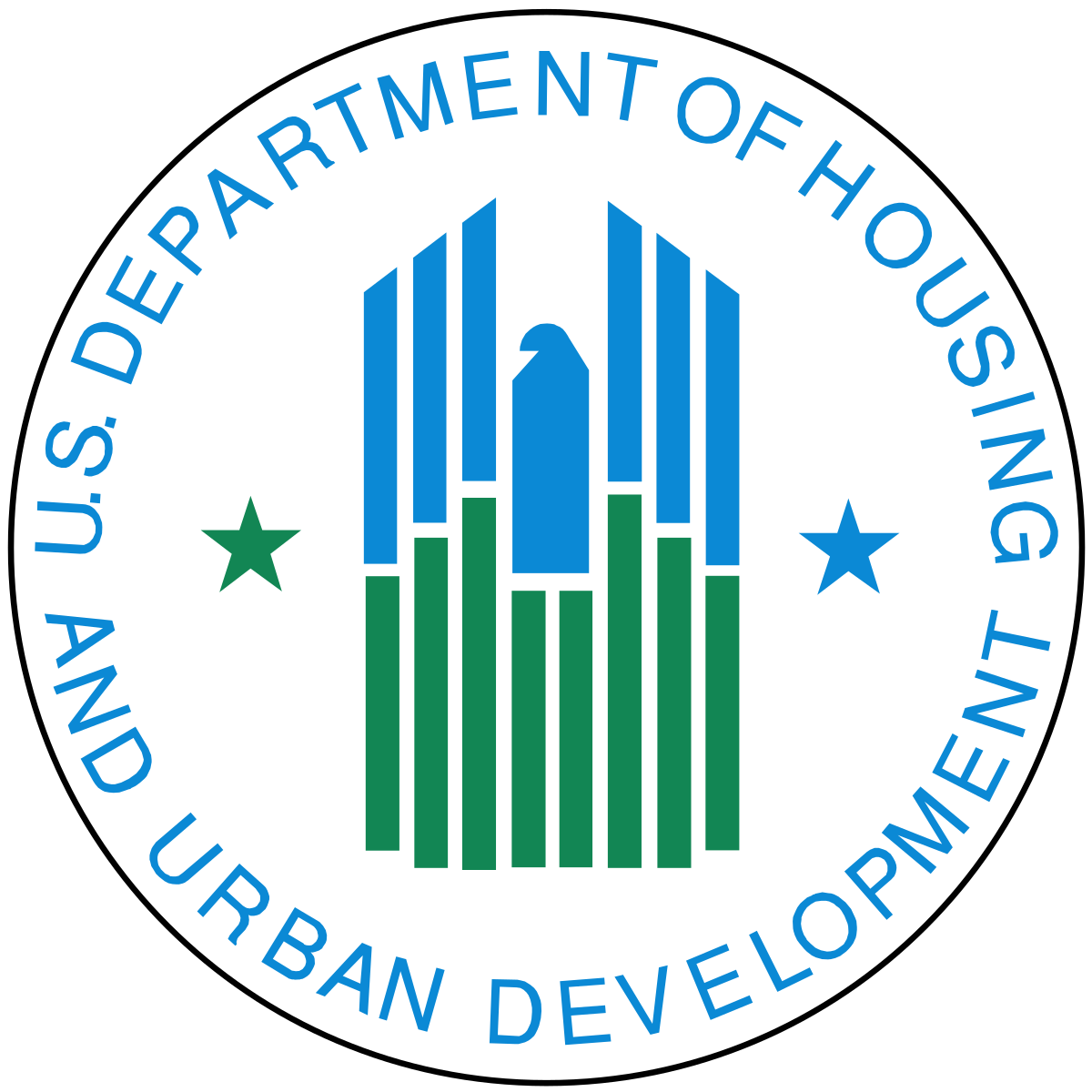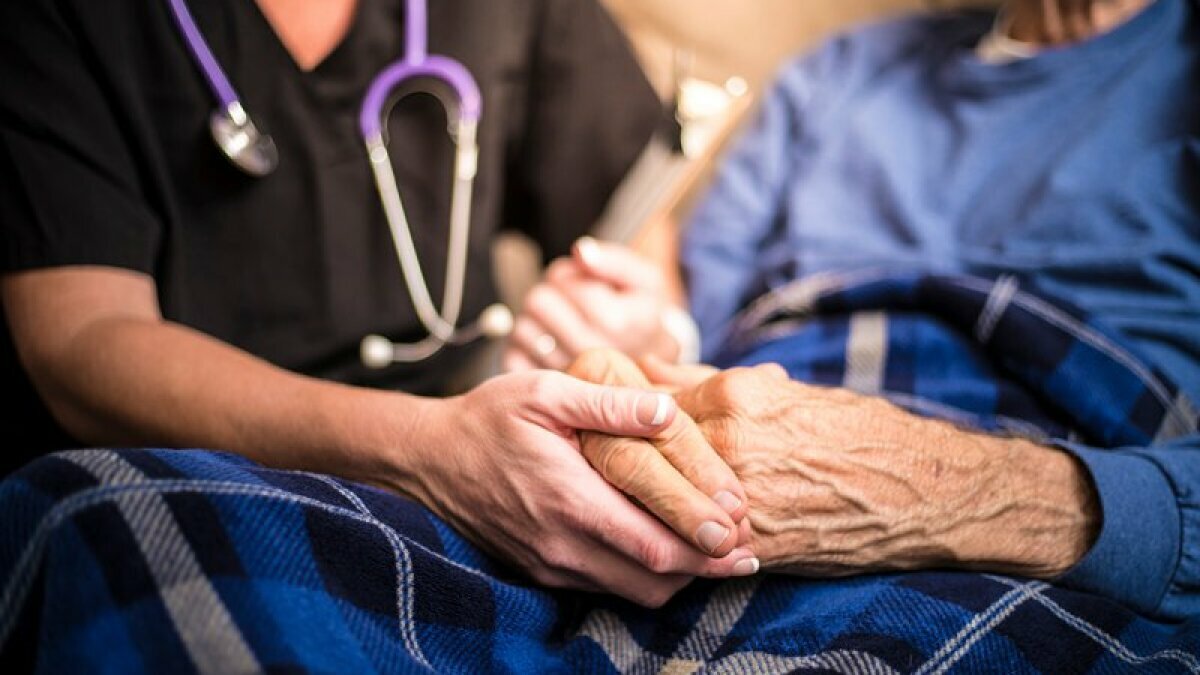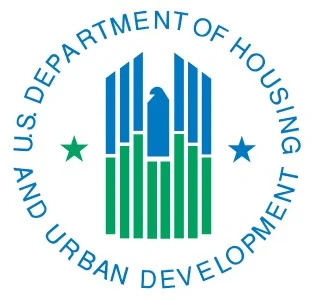Key Takeaways
- Enhancing Resident Safety & Outcomes
Wearables and remote monitoring technologies improve resident safety by detecting falls, tracking vital signs, and monitoring behavioral patterns in real time. These innovations have been shown to reduce fall-related hospitalizations and lower readmissions for conditions like heart failure. - Increasing Efficiency & Empowering Staff
By automating routine tasks such as vital sign monitoring, these technologies free up staff to focus on direct resident care. Studies indicate that remote monitoring can reduce time spent on routine checks and cut emergency response times. - Addressing Staffing Shortages & Cost Challenges
The ongoing SNF workforce crisis necessitates innovative solutions. Facilities using wearables and remote monitoring can optimize staff resources, reducing labor costs while maintaining care quality. - Encouraging Innovation & Promoting Equity
Recognizing technology in CMS staffing metrics incentivizes investment in modern care solutions and bridges gaps for under-resourced facilities. By leveling the playing field, TESA ensures all residents receive high-quality care regardless of a facility’s financial standing.
Introduction
The Centers for Medicare & Medicaid Services (CMS) faces a critical opportunity to modernize its staffing metrics for skilled nursing facilities (SNFs) by recognizing the contributions of wearable and remote monitoring technologies. These innovations enhance staff effectiveness, improve resident outcomes, and serve as effective adjuncts to traditional human staffing. By crediting facilities for investments in these technologies, CMS can incentivize innovation, support quality improvement, and address ongoing workforce challenges.
Key Argument
CMS should credit facilities for deploying wearables and remote monitoring systems as these technologies act as true staffing multipliers. A facility with the same number of human staff as another but enhanced by these tools delivers superior care. Recognizing this distinction encourages facilities to adopt transformative technologies that optimize resource use and outcomes.
Supporting Points
- Enhanced Resident Safety and Outcomes
- Fall Prevention: Wearables can detect resident movements and send real-time alerts to staff when a fall is imminent or occurs. Studies show fall detection systems reduce fall-related hospitalizations.
- Health Monitoring: Continuous tracking of vital signs, such as heart rate, blood pressure, and oxygen saturation, identifies health changes early, allowing staff to intervene before emergencies arise.
- Behavioral Monitoring: Remote systems using artificial intelligence (AI) can detect agitation, wandering, or irregular movement patterns, critical for managing dementia-related behaviors.
- Increased Efficiency and Staff Empowerment
- Streamlined Care Delivery: Wearables eliminate the need for repetitive tasks like routine vital checks, freeing staff to focus on personalized interactions and interventions.
- Prioritization of Care: Real-time data enables staff to prioritize care based on need, ensuring residents with acute issues receive immediate attention. This increases care efficiency and reduces response times in emergencies.
- Staffing Challenges and Resource Allocation
- Addressing Workforce Shortages: Nationwide, the SNF workforce shortage has reached crisis levels. Wearables and remote monitoring systems alleviate the burden by enhancing staff capabilities and mitigating the impact of staffing gaps.
- Cost-Effectiveness: Facilities investing in these technologies demonstrate a proactive approach to resource challenges.
- Encouraging Innovation and Equity
- Incentivizing Technology Adoption: Recognizing these technologies in staffing metrics rewards facilities that prioritize innovation, improving outcomes and efficiency.
- Closing the Quality Gap: Facilities in economically depressed areas often lack resources to meet staffing targets. Encouraging the use of wearables and remote monitoring levels the playing field and ensures consistent care quality across diverse settings.
Proposed Policy Inclusion
CMS should implement a Technology-Enhanced Staffing Adjustment (TESA) that credits SNFs for deploying and effectively utilizing wearable and remote monitoring technologies.
- Scoring Model:
- Assign points based on the types of technologies used, their integration into care processes, and demonstrated outcomes.
- Facilities must provide data to validate the impact of their technologies (e.g., reduced hospitalizations, improved resident safety metrics).
- Eligibility:
- Technologies must meet CMS-defined criteria for reliability and effectiveness.
- Facilities should demonstrate staff training and consistent use of the systems.
- Outcome Reporting:
- Facilities participating in TESA must submit annual reports documenting how technologies improve resident outcomes and staff efficiency.
Anticipated Benefits
- Improved Quality Ratings: Facilities adopting wearables and monitoring systems can achieve higher star ratings due to enhanced resident safety and outcomes.
- Broader Technology Adoption: Facilities will be incentivized to invest in cutting-edge tools, leading to industry-wide improvements.
- Sustainability: Facilities can maintain high standards of care even during staffing shortages by leveraging technology as a support mechanism.
- Equitable Care: Incentivizing technology levels the playing field for facilities in underserved areas.
- Data-Driven Policy Evolution: Increased adoption of wearables and monitoring systems will generate valuable data for research, informing future CMS policy decisions.
Call to Action
By integrating wearables and remote monitoring technologies into staffing metrics, CMS can drive innovation, improve care quality, and address staffing shortages across the industry. Facilities equipped with these tools demonstrate a forward-thinking approach to care delivery, providing enhanced safety, efficiency, and outcomes for residents. Recognizing these contributions ensures that CMS standards reflect the evolving landscape of skilled nursing care.
CMS should adopt a Technology-Enhanced Staffing Adjustment, incentivizing facilities to invest in wearables and remote monitoring systems. This modernization of staffing metrics aligns with CMS’s mission to promote quality care and efficient resource utilization in skilled nursing facilities.



